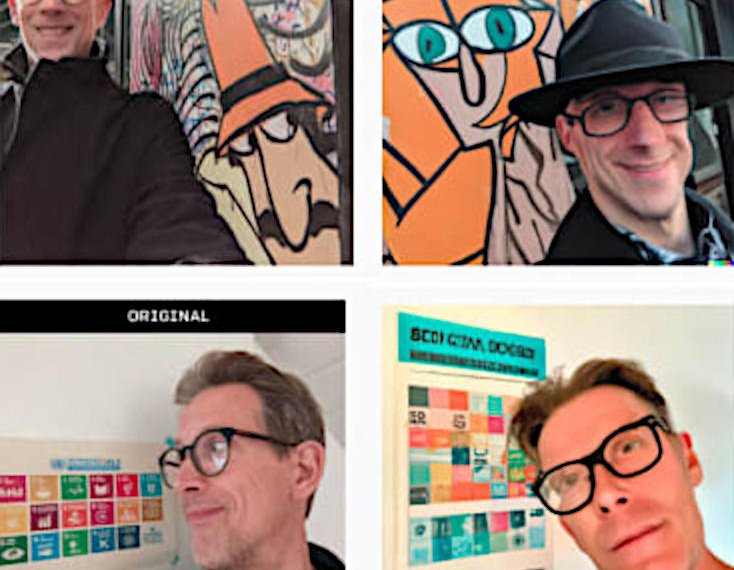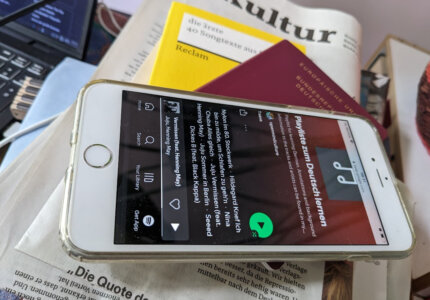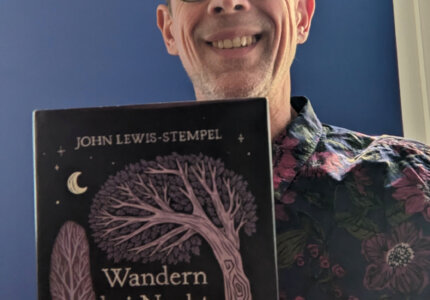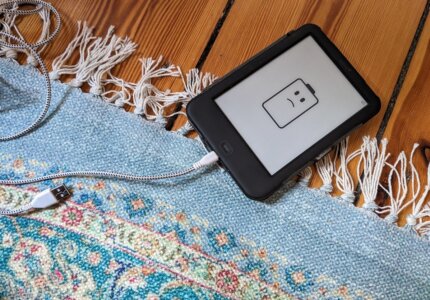Developers who are interested in the technological aspects should have a look at my DEV blog post: Artificial “Intelligence” and Controversial Ideas about Future Technology. But let’s have a look at some of the latest trends using computers and machine learning to create visuals.
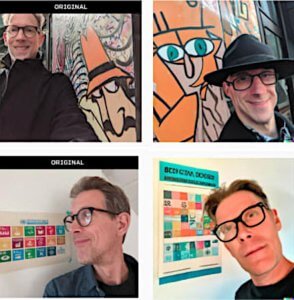
This article’s cover image features original photography side by side with seemingly similar imagery created by a computer. Note that the artificial versions of myself are wearing a black hat that does not exists but on the street art mural I had been standing next to.
Discussing the Future of the Web
I try to keep an open mind for legitimate and helpful use cases of new technology, although there are some new trends that don’t really spark joy in my heart. But I still remember when, in times long gone, before the year 2000, I had been fascinated by early metaverse and cyberpunk ideas in science fiction literature, but also by the idea of an open, decentralized, interconnected global network which is the the world wide web or the internet. Unfortunately, it got more commercialized and centralized, its “western” zone dominated by an oligopoly of companies mostly based in California, USA. So we have freedom of speech, but most chose to follow “though leaders” and influencers on (anti)social media, instead of making up their own mind.
Cyberpunk Literature
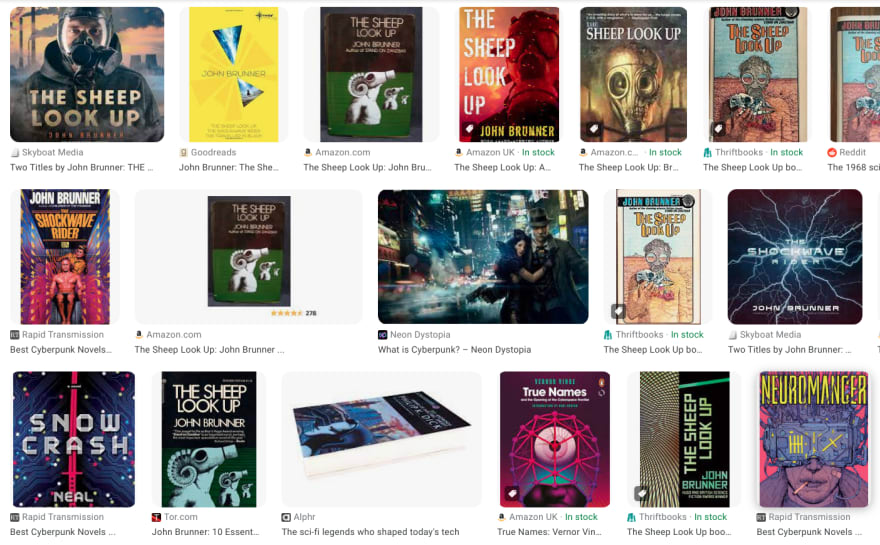
There are several blog post about futurist novels that include descriptions of virtual reality and global communication, like The Sheep Look Up by John Brunner and Snow Crash by Neal Stephenson. Read my post about dystopian, science-fiction, and fantasy literature as social criticism for more links and inspiration!
While some of our current technology and future research might have been inspired by literary sources, it falls short of its potential.
As I replied to A.J. Sadauskas on mastodon.social,
the current Web3 enthusiasts offer no efficient alternatives to the commercial and centralised Web 2.0, while the fediverse and IndieWeb movement focus on the decentral and robust principles that the internet was build upon and which made email, usenet (NNTP, described in RFC 977 in February 1986), HTTP and HTML such a success in the first place.
Is Artificial “Intelligence” dumb and biased?
Machine learning refers to the fact, that we can train algorithms using input data, not only accelerating the time it takes to develop complex applications, but also to create interfaces generating unexpected output in a way that makes them seem to be sentient and intelligent.
But feeding large amounts of mainstream culture’s output into machines tends to reproduce undesirable prejudice and bias found in our society and our past to present culture.
This phenomenon is not limited to machine learning, but when it manifests in code and machines built and documented by human teams, it might be easier to point out and adjust.
Read how Dr. Joy Buolamwini is fighting bias in algorithms and how to make technology serve all of us, not just the privileged few.
DALL·E and Midjourney: Digital Artwork thanks to Machine Learning
The Open AI art movement on the other hand already created tons of detailed high resolution images, either photo-realistic or looking like a handcrafted painting, often creating an “uncanny valley” effect due to misplaced details and seemingly unimportant errors that no human artists would ever have thought about. While many digital artists seemed to favor a sinister, dystopian gamer aesthetic which has already been popular on platforms like deviantart, other artists, like my friend Andy “Retinafunky” Weisner, experiment with said flaws and different aesthetics.
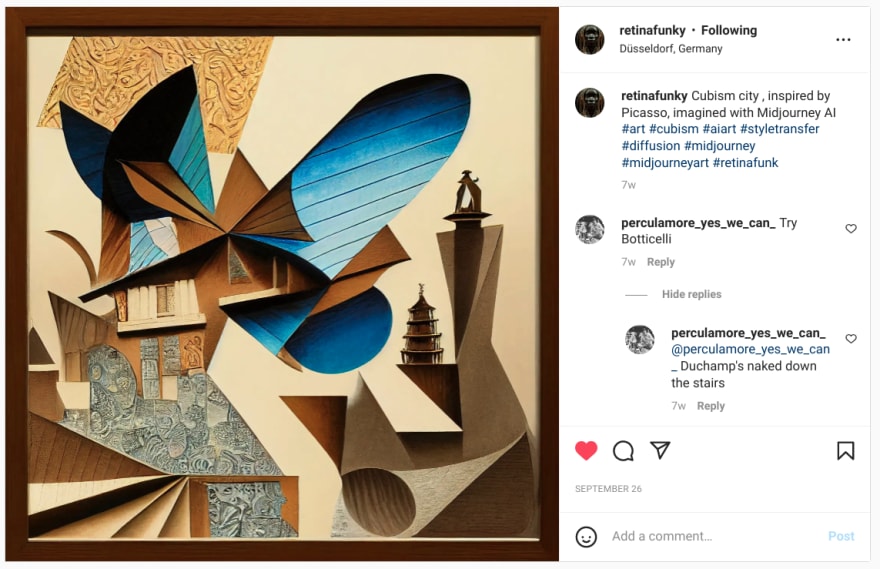
Criticizing AI Art for the wrong Reasons
Some traditionalists criticize AI Art for the wrong reasons, denouncing it as plagiarism or no real work, as they fail to see innovation and creative effort.
Looking back in history, many famous artists had assistants, many of them stayed anonymous, some got famous as well. So we might conclude that you can be a brilliant artist without being the one painting every single brushstroke.
Photography, now an accepted art form exhibited in galleries, was criticized in the beginning in a discussion much like many of today’s controversies about algorithmic and AI art. When photography was not art, “the fear has sometimes been expressed that photography would in time entirely supersede the art of painting. Some people seem to think that when the process of taking photographs in colors has been perfected and made common enough, the painter will have nothing more to do.”
Just like with photography, to produce a stunning work of art using modern algorithmic tools, you can either be extremely lucky, or you have to experiment and be inspired, taking your time to learn the tools and parameters, evolve and improve your art over time.
But what are my points about AI art them? I fear with AI art, we are passing too much power to algorithms thus losing control and losing touch to the real world, nature, people and social, ethical and environmental topics.
Nothing left but random squares?
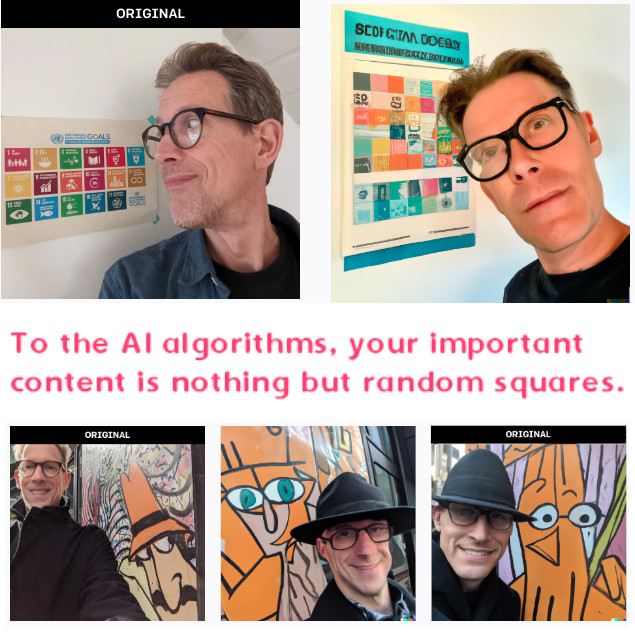
Here is an image of myself in front of a poster showing the United Nations’ 17 Sustainability Goals (SDG). All variations of this picture created by the public version of Open AI’s Dall·E distort the icons and text and replace it with illegible symbols or random letters.
I fear that this might sum up how the current “AI” systems view our world, and it shows that they are either not that intelligent after all, or that their capabilities might prioritize aspects that take the relevant meaning out of our culture, valuing style, aesthetics and presentation much higher than content and context.
But then again, this proves the point, that we still need actual artists, and that Dall·E, Midjourney, and other tools are power tools, but still not very useful without human interaction.
I think that time will tell, and if practiced seriously, AI is a valuable and innovative tool for digital artists.
Other forms of Digital Art
There is creational art, creating images, objects, or text, done by creative artists like bleeptrack or c.o.u.d.e. There is augmented reality art, combining actual real-world artworks seem to become alive using AR apps like artivive when looking at an enhanced painting. You can see some images and read more about interactive art in my post about the Universe of Time event by Flux Collective in this blog.
As I said earlier, there is a lot going on that I am very skeptical and critical about, like Web3, the metaverse, and the NFT art scene.
Wasting energy to deceive people with NFT and the Metaverse
You may have seen the various images of a “bored ape” cartoon character, often used as a profile picture by people not even creating any artwork whatsoever, trying to profit from the hype around blockchain, cryptocurrencies and non fungible tokens (NFT) investing a lot of money in hope for return of investment.
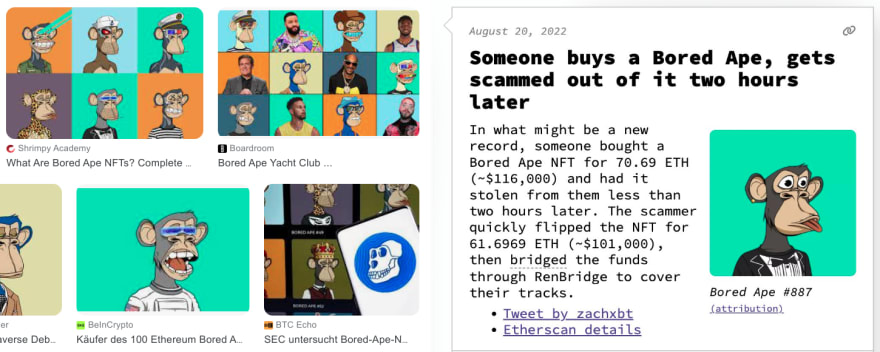
NFT and cryptocurrencies offer people to participate the profitable art market and other investments without having a bank account, a credit card, or being recognized by established gallery owners, it also created a large black market to scam aspiring artists, developers, and other hopeful individuals. Mining cryptocurrency using energy-consuming calculations in a blockchain is a waste of energy that could better be used for other purposes, even more so in the face of human-made climate change already starting to destroy our planet.
NFT and the energy consumption of some of the latest trends in information technology. Training a single AI model can emit as much carbon as five cars in their lifetimes. It seems hard to calculate the CO₂ emissions of NFT “mining”, but the popular cryptocurrency Ethereum uses about 31 terawatt-hours (TWh) of electricity a year, about as much as the whole of Nigeria, according to an estimate based on the Ethereum Energy Consumption Index.
“Recreating” extinct species and places in a virtual environment, like Tuvalu “uploading itself into the metaverse” only accessible by using visual technology (headsets, cameras, displays) does not help either, and the current pitiable state of the so-called metaverse makes it look even more ridiculous and it rather reminds me of the final scene of the dystopian science fiction film Soylent Green.
A virtual reality does have its benefits, but unlike a real environment, it does not provide sunlight, fresh air, delicious food and have you ever tried to dance or swim in a virtual environment? You might remember Second Life: most people seemed to enjoy creating a second life as boring as their first one.
But despite all of the critical aspects, I still think that there are hopeful digital innovations that might help us build a better tomorrow despite, so let’s take our time and find out how!
